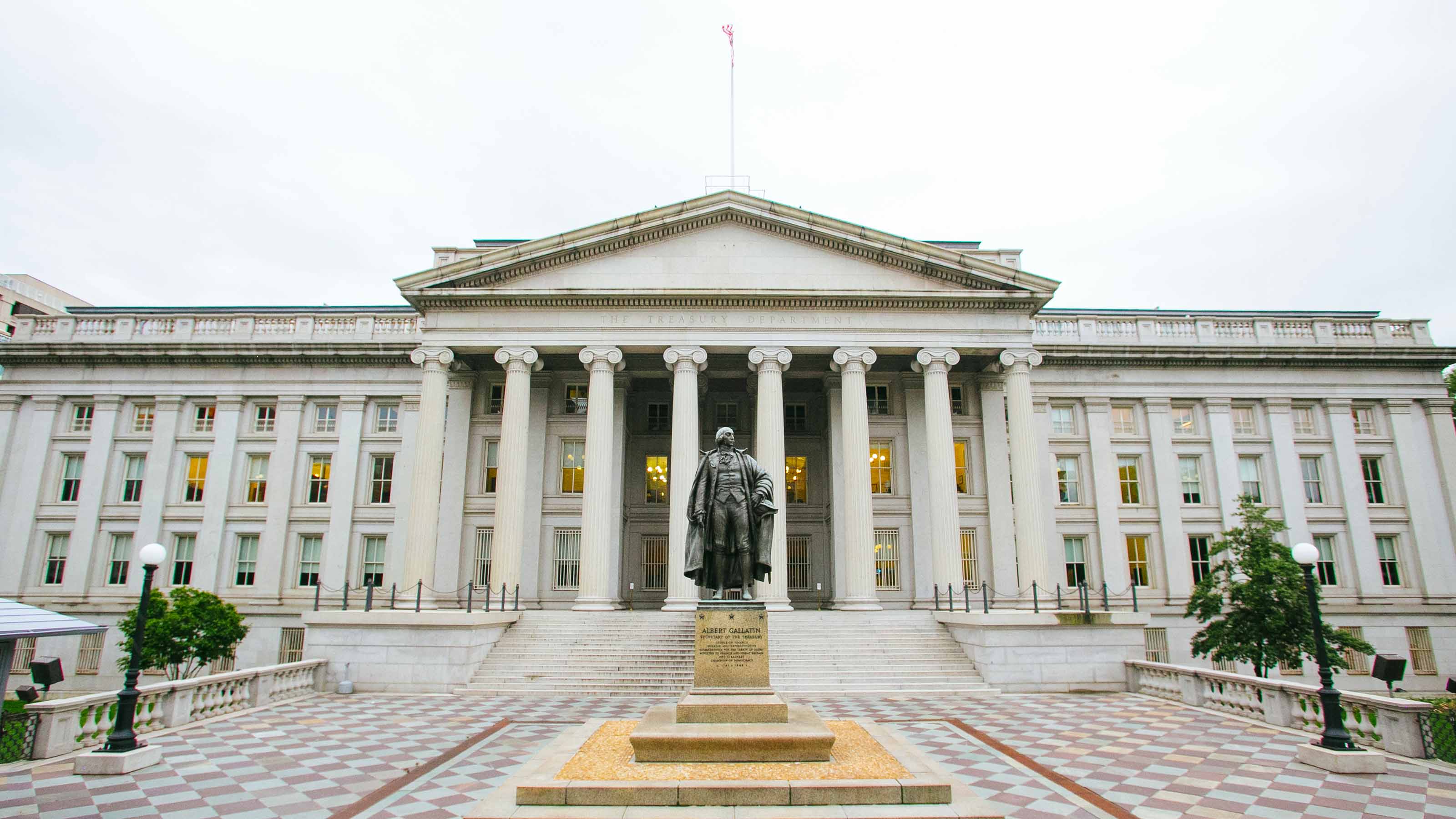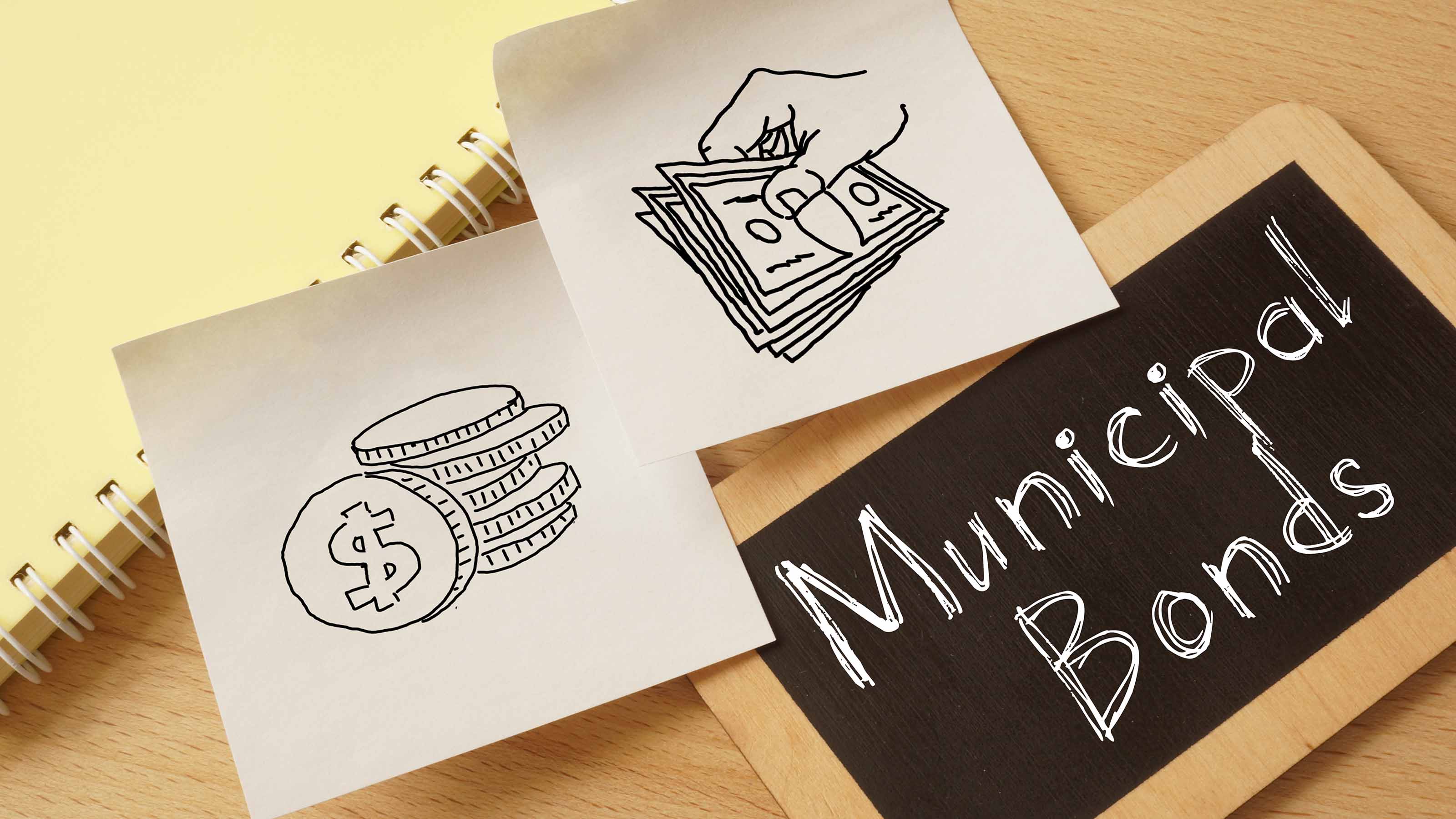Squeezing Returns from Bank Shares
Common sense suggests that the market’s punishment of bank stocks is overdone.


This brutal year has been horrendous for those who hold stock in banks and related financial companies. But just as daily life shall improve for society, the same is true for bank shares.
Months after the markets forgave industrials, tech, drugs and many other sectors, judging them to be temporary victims of a natural disaster instead of total roadkill, investors still largely shun banks. Invesco KBW Bank (symbol KBWB, $41), an exchange-traded fund that owns shares of 24 giant U.S. banks, lost 50% from January 2 through March 23—but from then to October 9 regained less than half that loss. Invesco KBW Regional Banking (KBWR, $36), a sibling ETF of 50 midsize and regional banks, is even bloodier. It lost 48% at one point but has barely reclaimed one-third of that damage. (Investments I like are in bold; prices are as of October 9.)
I’m aware that banking is a proxy for the economy and that the cascade of unemployment, business failures and real estate distress hits lenders more directly than it does, say, a fee-collecting money-management business or Apple and Microsoft. And low long-term interest rates are to banks what weak corn prices are to Illinois farmers; the net margin between what banks pay on deposit and earn from their investments is thin.
From just $107.88 $24.99 for Kiplinger Personal Finance
Become a smarter, better informed investor. Subscribe from just $107.88 $24.99, plus get up to 4 Special Issues

Sign up for Kiplinger’s Free Newsletters
Profit and prosper with the best of expert advice on investing, taxes, retirement, personal finance and more - straight to your e-mail.
Profit and prosper with the best of expert advice - straight to your e-mail.
But common sense suggests that the market’s punishment of bank securities, including bonds and preferred shares, is overdone. Even junk bonds now yield much less than the common shares of many of America’s largest financial institutions. With respect to banks, the stock market has departed from apparent reality.
Better times ahead. Indeed, the word turnaround has started leaking out. That Invesco KBW Bank ETF’s net asset value set a low of $36 late in September; now it is $41. But the NAV was almost $60 before the pandemic. Traders may rotate from overbought big techs to financial wrecks. Regional banks might be takeover targets, a possibility reflected in share prices that are creeping higher. Since the third week of September, shares of Fifth Third Bancorp (FITB, $23), Regions Financial (RF, $13) and Truist Financial (TFC, $43), which was formed by the merger of BB&T and SunTrust, have each rallied more than 20%; each still yields more than 4%.
The men and women who run these banks are big believers in dividends; they have a huge small-investor base. And although the Federal Reserve has ordered big banks to freeze dividends, this is, if anything, reassuring. “Banks are like utilities—completely regulated, with [the Fed] as a shock absorber,” says portfolio manager Aaron Clark at GW&K Investment Management. He sees strong dividend growth resuming post-pandemic. Bank earnings are currently weak, but nobody expects any of the top banks to ask to be rescued. The industry has built up too many defenses since 2009. Loan delinquencies are not out of control, as they were during the financial crisis. And the Fed is standing by with massive aid, if needed.
Another reason for optimism is that yields are creeping up a bit even as the Fed is freezing short-term rates for three years. Numerous analysts assert that by 2021 and 2022, the net interest margin for banks will expand, and the dividend cap will be gone.
Anytime you see a sound bank trading below 1 times book value, it is a bargain. Truist trades at 0.92 times book. People’s United Financial (PBCT, $11) trades at 0.62 times book and yields 6.7%. Last spring, it had $7 billion of loans in forbearance. By September, that was down to $1.6 billion. Even in a down year, profits cover the dividends.
The time to invest in anything out of favor is when the news is still bad but improving from ugly. It just takes patience. At least with banks, you get paid to be patient.
Profit and prosper with the best of Kiplinger's advice on investing, taxes, retirement, personal finance and much more. Delivered daily. Enter your email in the box and click Sign Me Up.

Kosnett is the editor of Kiplinger Investing for Income and writes the "Cash in Hand" column for Kiplinger Personal Finance. He is an income-investing expert who covers bonds, real estate investment trusts, oil and gas income deals, dividend stocks and anything else that pays interest and dividends. He joined Kiplinger in 1981 after six years in newspapers, including the Baltimore Sun. He is a 1976 journalism graduate from the Medill School at Northwestern University and completed an executive program at the Carnegie-Mellon University business school in 1978.
-
 The SEC Is Concerned for Older Investors and Retirement Savers. Here's What You Should Know
The SEC Is Concerned for Older Investors and Retirement Savers. Here's What You Should KnowThe SEC focusing on older investors, retirement and college savers, and private securities. Here's how those changes impact you.
-
 Vesting, Catch-Ups and Roths: The 401(k) Knowledge Quiz
Vesting, Catch-Ups and Roths: The 401(k) Knowledge QuizQuiz Test your understanding of key 401(k) concepts with our quick quiz.
-
 Why You Should Pay Attention to Company Guidance
Why You Should Pay Attention to Company GuidanceUnderstanding how corporate profit forecasts affect analysts’ estimates and stock ratings can help you make investment decisions.
-
 What Fed Rate Cuts Mean For Fixed-Income Investors
What Fed Rate Cuts Mean For Fixed-Income InvestorsThe Fed's rate-cutting campaign has the fixed-income market set for an encore of Q4 2024.
-
 The Most Tax-Friendly States for Investing in 2025 (Hint: There Are Two)
The Most Tax-Friendly States for Investing in 2025 (Hint: There Are Two)State Taxes Living in one of these places could lower your 2025 investment taxes — especially if you invest in real estate.
-
 The Final Countdown for Retirees with Investment Income
The Final Countdown for Retirees with Investment IncomeRetirement Tax Don’t assume Social Security withholding is enough. Some retirement income may require a quarterly estimated tax payment by the September 15 deadline.
-
 Dividends Are in a Rut
Dividends Are in a RutDividends may be going through a rough patch, but income investors should exercise patience.
-
 Why Investors Needn't Worry About U.S. Credit Downgrade
Why Investors Needn't Worry About U.S. Credit DowngradeFitch Ratings The United States saw its credit rating downgraded for just the second time in history, but experts aren't worried about the long-term damage to stocks.
-
 Municipal Bonds Stand Firm
Municipal Bonds Stand FirmIf you have the cash to invest, municipal bonds are a worthy alternative to CDs or Treasuries – even as they stare down credit-market Armageddon.
-
 High Yields From High-Rate Lenders
High Yields From High-Rate LendersInvestors seeking out high yields can find them in high-rate lenders, non-bank lenders and a few financial REITs.
-
 Time to Consider Foreign Bonds
Time to Consider Foreign BondsIn 2023, foreign bonds deserve a place on the fringes of a total-return-oriented fixed-income portfolio.